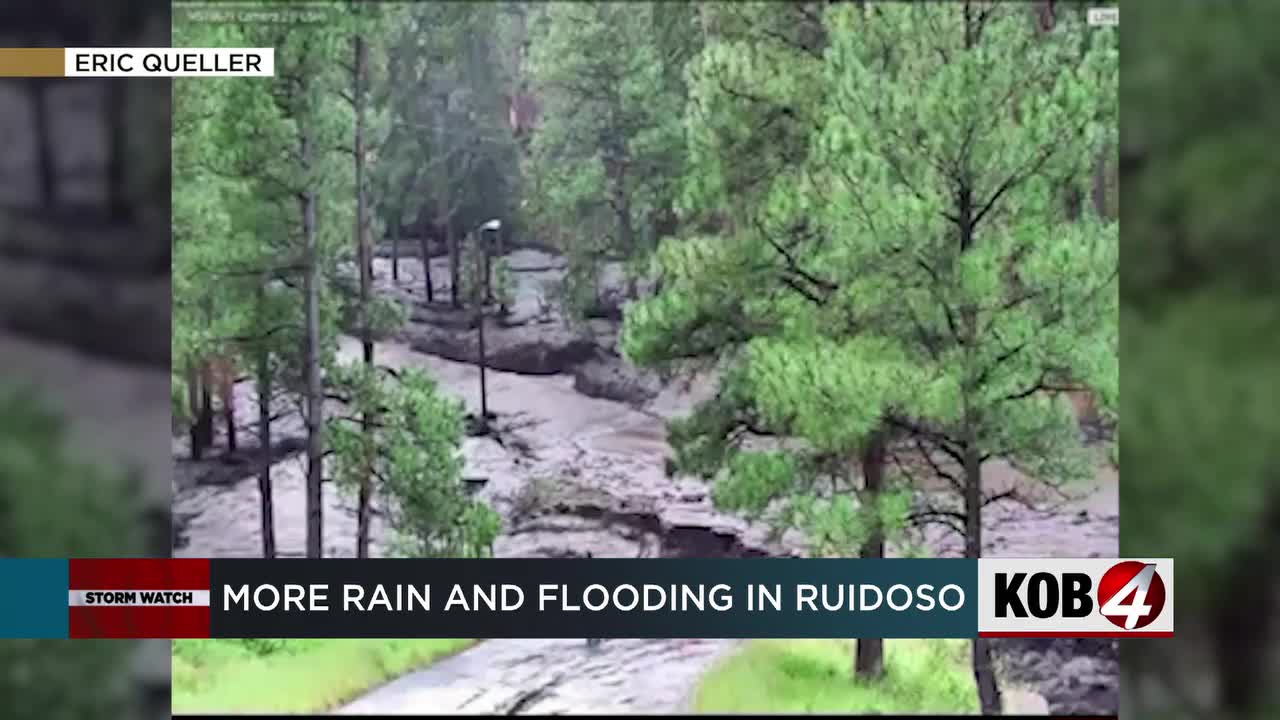Understanding Flash Flood Warnings: Protecting Yourself And Your Property

Table of Contents
Recognizing Flash Flood Warning Signs
Knowing the signs of an impending flash flood can save precious time and lives. Early recognition is key to effective response and mitigation.
Understanding Weather Forecasts and Alerts
Staying informed about weather conditions is paramount. Pay close attention to official sources:
- Flash Flood Watches: These indicate conditions are favorable for flash flooding. This is your cue to prepare your family and property. Gather essential supplies, review your evacuation plan, and monitor weather updates closely.
- Flash Flood Warnings: This is a serious alert. Flash flooding is happening now or is imminent. Immediate action is required. Evacuate if instructed and follow all official guidance.
- Local news and weather apps: Supplement official warnings with real-time updates from local news channels and reputable weather apps. These often provide hyperlocal information and visual aids.
- The National Weather Service website: This is the ultimate source for official weather alerts and forecasts. Bookmark their website and check it regularly during periods of heavy rainfall.
Observing Environmental Cues
Beyond official warnings, certain environmental cues can indicate potential flash flooding:
- Rapidly rising water levels: A sudden and dramatic increase in the water level of streams, creeks, rivers, or normally dry washes is a major red flag.
- Water overflowing banks: When water begins to overflow the banks of rivers or streams, it's a clear indication that flooding is imminent.
- Debris flowing in normally dry areas: Seeing debris like branches, logs, or other materials flowing in areas that are usually dry is a strong warning sign.
- Sudden increase in water flow: Even a slight increase in the speed or volume of water in normally slow-moving streams warrants caution.
- Changes in water color or turbidity: A significant change in the water's color or clarity suggests increased sediment and runoff, potentially leading to flash flooding.
Preparing for a Flash Flood
Preparation is your best defense against the devastating effects of flash floods. Proactive steps can significantly minimize damage and protect your family.
Developing a Family Emergency Plan
A well-defined emergency plan is crucial. This plan should include:
- Designated meeting points: Establish multiple meeting points, both near your home and further away, in case evacuation is necessary.
- Evacuation routes: Identify multiple evacuation routes, considering potential road closures due to flooding.
- Emergency contact information: Keep a list of emergency contact numbers readily accessible, including family members, neighbors, and local emergency services.
- A well-stocked emergency kit: This kit should include essential supplies such as food, water, first-aid kit, medications, flashlights, batteries, and blankets.
Protecting Your Property
Take steps to protect your property from potential flood damage:
- Cleaning gutters and downspouts: Regularly cleaning gutters and downspouts ensures proper drainage and prevents water from accumulating around your foundation.
- Moving valuables to higher floors: Relocate valuable items and electronics to upper floors or other safe, elevated locations.
- Strengthening your home's foundation: Address any weak points in your home's foundation that could be vulnerable to flood damage. Consider professional help.
- Considering flood insurance: Flood insurance is not always covered by standard homeowner's insurance. Consult with an insurance professional to determine if this is a suitable option for your property.
Actions During a Flash Flood
When a flash flood warning is issued, immediate action is paramount.
Evacuate Immediately
If a flash flood warning is issued for your area, evacuate immediately to higher ground. Do not wait to see if the water rises; your safety is the priority.
Stay Aware of Your Surroundings
Avoid driving or walking through flooded areas. The depth of the water may be deceptive, and the current can be extremely strong, even in seemingly shallow areas. Never drive through flooded roads. “Turn around, don’t drown.”
Seek Higher Ground
If evacuation isn't possible, move to the highest level of your home. Move valuable possessions to the highest point possible.
After a Flash Flood: Recovery and Mitigation
Following a flash flood, recovery and mitigation efforts are critical.
Assessing the Damage
Once the immediate danger has passed, carefully assess your property for damage. Do not enter floodwaters until authorities deem it safe to do so. Water can be contaminated with sewage and other hazardous materials.
Contacting Authorities
Report damages to your local authorities and insurance company as soon as possible to expedite the recovery process.
Cleaning and Sanitation
Thoroughly clean and disinfect any areas affected by floodwater to prevent the spread of disease. Use protective gear, such as rubber boots and gloves, when handling debris and contaminated materials.
Conclusion
Understanding flash flood warnings is essential for safeguarding your life and protecting your property. By being prepared, recognizing warning signs, and following safety protocols, you can significantly reduce your risk. Remember to develop a comprehensive emergency plan, including evacuation routes and emergency contacts. Don't underestimate the power of flash floods; taking proactive steps now can make all the difference. Stay informed about flash flood warnings in your area and ensure your family is prepared. Learn more about flash flood safety and mitigation techniques today to protect yourself and your loved ones. Your proactive approach to flash flood preparedness can save lives and property.

Featured Posts
-
 The Jenson Fw 22 Extended Everything You Need To Know
May 25, 2025
The Jenson Fw 22 Extended Everything You Need To Know
May 25, 2025 -
 Melanie Thierry De Ses Debuts A Ses Succes Actuels
May 25, 2025
Melanie Thierry De Ses Debuts A Ses Succes Actuels
May 25, 2025 -
 Tracking Amundi Msci World Ii Ucits Etf Usd Hedged Dist A Nav Perspective
May 25, 2025
Tracking Amundi Msci World Ii Ucits Etf Usd Hedged Dist A Nav Perspective
May 25, 2025 -
 Understanding Jenson And The Fw 22 Extended A Detailed Analysis
May 25, 2025
Understanding Jenson And The Fw 22 Extended A Detailed Analysis
May 25, 2025 -
 Le Mea Culpa De Laurent Baffie Quelles Consequences Pour Thierry Ardisson
May 25, 2025
Le Mea Culpa De Laurent Baffie Quelles Consequences Pour Thierry Ardisson
May 25, 2025
